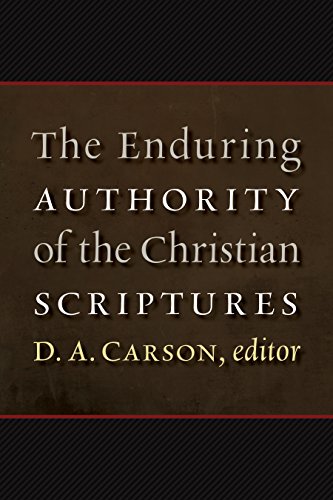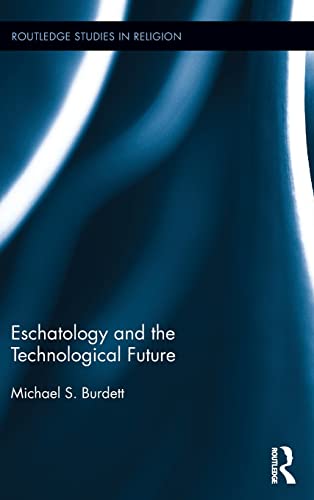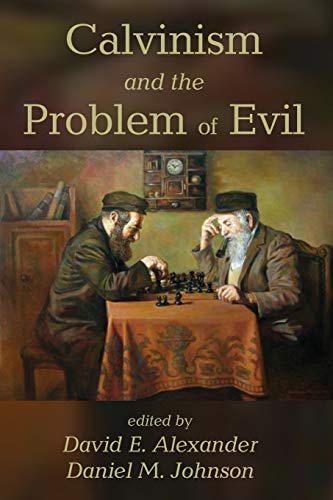The Message of the Twelve: Hearing the Voice of the Minor Prophets
Written by Richard A. Fuhr Jr. and Gary E. Yates Reviewed By Anthony R. PettersonRichard Fuhr and Gary Yates are colleagues at Liberty University Divinity School in Lynchburg, Virginia. Together they have written a fine introduction to the message of the Minor Prophets “for students, pastors, and all who seek to understand this neglected segment of God’s Word” (p. xiv).
Their book is in two main sections. The first comprises four chapters that seek to orientate the reader to the Minor Prophets. Chapter 1 provides an overview of the historical background and setting of the Prophets, focusing particularly on the Assyrian and Babylonian crises as well as the Persian period. Chapter 2 offers a succinct introduction to the role of the prophets as forth-tellers, foretellers, and authors. Chapter 3 looks at the way that the prophets communicated their message, giving an introduction to each of the main prophetic literary genres, while at the same time recognizing that “there is more to a literary reading of the Twelve than the recognition of subgenres and literary units” (p. 34). They identify and explain the four primary literary features of these prophetic books: “(1) rich imagery and figures of speech, (2) terse language with focused repetition, (3) irony and sarcasm, and (4) Hebrew wordplay” (p. 34). A final chapter in the first section of the book provides a brief orientation to recent scholarship that seeks to read the Minor Prophets as the Book of the Twelve. This includes a survey of early evidence for viewing the Twelve as a single book; a discussion of how the books of the Twelve have been organized (e.g., chronology, themes, and catchwords); and an overview of the major unifying themes of the Twelve (e.g., Israel’s failure to repent in response to the prophetic word; the Day of the Lord; the broken and restored covenant; the promise of a new David). They note that many scholars have attempted to reconstruct the compositional history of the Twelve, but leave aside these matters in the book (p. xvi).
The second section of the book contains chapters on each of the books of the Minor Prophets. These chapters fall somewhere between an OT introduction and a commentary. Each chapter has an introduction that seeks to set the book in its historical context (where possible) and to introduce its main themes. Then issues of the book’s structure are discussed and often a brief outline of the book is provided. The heart of each chapter is an exposition of smaller units of the prophetic book, highlighting significant literary features and exegetical issues, and identifying the main message of individual sections. Occasionally the authors offer excurses on important issues such as “The Working of the Holy Spirit in the Old Testament” (p. 105) and “Does the OT Sanction Nationalistic Hatred?” (p. 157), and they provide extracts from secondary sources that provide insight into the ancient Near Eastern context of the OT prophets. A final section of each chapter summarizes the theological message of the prophet, traces usage in the NT, and gives some direction for those seeking to apply their message today.
This book provides an excellent first step into the world of the Minor Prophets. Fuhr and Yates write in a clear and succinct way while synthesizing recent research on the Prophets well. The first section of the book provides a valuable introduction to the Prophets in itself. Their treatment of the individual books has a helpful focus on the literary features of the Prophets (I particularly enjoyed their observations on word-play and phonology). Their concern to address the theological issues raised by the Prophets and to apply their message to contemporary readers in light of them being Christian Scripture will be appreciated.
By its very nature, though, this book does have a few shortcomings. First, the biblical text is discussed, but not reproduced, so it needs to be read with a Bible at hand to follow clearly what is being said at times. Second, it is not a commentary, so differing interpretations of passages are rarely mentioned. Related to this, the authors’ own theological views (e.g., pre-millennialism and a millennial temple, p. 267) sometimes surface without acknowledging alternative views. They also under-read the messianism in Zechariah 9–14, believing that “9:9–10 is likely the only [passage] that is a direct messianic prophecy in its original context” (p. 291). More substantially, I think their book really reads more as an introduction to each of the Minor Prophets than an introduction to the Book of the Twelve (the subtitle thus seems more descriptive than the title). Chapter 4 (18 pages) is really the only chapter in the book given over to the topic of reading the Minor Prophets as a collection. Perhaps when dealing with individual prophetic books, if there were a section on how each book is to be read in the light of the others, and what each book contributes to the message of the whole, it would have given more of a sense of “the Message of the Twelve.” A final small matter is that ANE sources are sometimes cited inconsistently and without references (e.g., on pp. 190 and 212 they seem to cite the annals of Sennacherib, but with very different translations).
This book is well-suited as recommended reading for a foundation-level course on the OT Prophets. It will also suit pastors wanting a brief orientation to research on the Book of the Twelve and/or an up-to-date introduction to the message of each of the Minor Prophets.
Anthony R. Petterson
Anthony R. Petterson
Morling College
Sydney, New South Wales, Australia
Other Articles in this Issue
Gospel Differences, Harmonisations, and Historical Truth: Origen and Francis Watson’s Paradigm Shift?
by Frederik S. MulderClaiming to stand on the shoulders of the later Origen, in Gospel Writing: A Canonical Perspective, Francis B...
“For Your Sake We Are Being Killed All Day Long”: Romans 8:36 and the Hermeneutics of Unexplained Suffering
by David StarlingThis article explores the function of Paul’s citation from Psalm 44:22 within the rhetoric of Romans 8:31–39...
Many churches seem to have lost the art of singing lament...
Reflections on Handling the Old Testament as Jesus Would Have Us: Psalm 15 as a Case Study
by Dane C. OrtlundIn appreciation of the renaissance of christocentric and redemptive-historical hermeneutics and homiletics in our generation, this article selects an OT text, Psalm 15, that appears on the surface to be maximally resistant to a Christ-centered reading and preaching of Scripture...
This article examines the meaning of blessing as expressed in the structure and narratives of Genesis...







